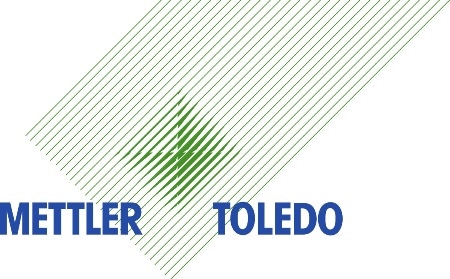Many food products can be analyzed by thermal analysis as to certain effects and properties, among which the more important are marked with a spot.
.jpg)
For this experiment, seeds available commercially from a health food store were used.
Conditions
Measuring cell: DSC20
Pan: Aluminum standard, 40 µl, hermetically sealed
Reference: About 40 µl in a sealed pan
Sample preparation: The seeds are milled, aqueous extraction performed at pH 4.5, centrifuged, and the supernatant discarded. The residue is subjected to re-extraction at pH 8.5, the supernatant is evaporated under vacuum until the dry substance content is obtained.
DSC measurement: Heating performed from 30 °C to 110 °C at 5 K/min
.jpg)
Interpretation
Four vegetable proteins of different types were studied in the untreated state. Each of the four curves shows an endothermic peak between 72 °C and 100 °C, which is typical for protein denaturation. A difference is seen in the heat stability and enthalpy of denaturation of the proteins.
The sample weight was comparable for all the samples, as well as the protein concentrations. Thus the peak integrals were in direct correspondence to the specific reaction enthalpies.
The highest temperature sensitivity was seen with spelt, which also has the greatest enthalpy of denaturation. Wheat proteins already undergo denaturation to a great extent at 86 °C, soybean protein remains intact in the main, at this point, and only at 88 °C is it denatured to any significant degree.
Grain and oilseed proteins have enthalpies of denaturation within a range of 3-10 J/g protein. The enthalpy changes with respect to the protein phase. Thus in the native condition of a grain or oilseed the enthalpy of denaturation is lower than when it has been dissolved in aqueous solution.
DSC measurement of denatured protein fraction in processed samples of protein is of better quality if the enthalpy of denaturation of native protein is higher.
The heating rate can be freely selected with DSC which could improve the measurement as well as the detection of the reactions. With a higher rate of heating, the detected signal becomes larger with a larger measured peak. The peak area calculated remains the same under the same conditions of reaction. However, if the rate of heating is high the reaction occurs at elevated temperatures.
DSC can identify vegetable proteins but this is not likely to be widely used in practice, and is also made more difficult by the fact that the reaction enthalpy differs with the protein type and growth conditions. Thus a reference in the form of a native protein must be used when the degree of denaturation is being assessed.
The DSC curve provides a fingerprint of each sample of protein which is characteristic of the condition of the protein in the fraction.
Evaluation
.jpg)
Conclusion
These measurements illustrate that DSC can be used to analyze any product that contains protein. This is more applicable to animal proteins because of their higher concentration of protein (in animal muscle), the greater sensitivity of measurement and their natural state of occurrence in a watery environment.

This information has been sourced, reviewed and adapted from materials provided by Mettler Toledo - Thermal Analysis.
For more information on this source, please visit Mettler Toledo - Thermal Analysis.